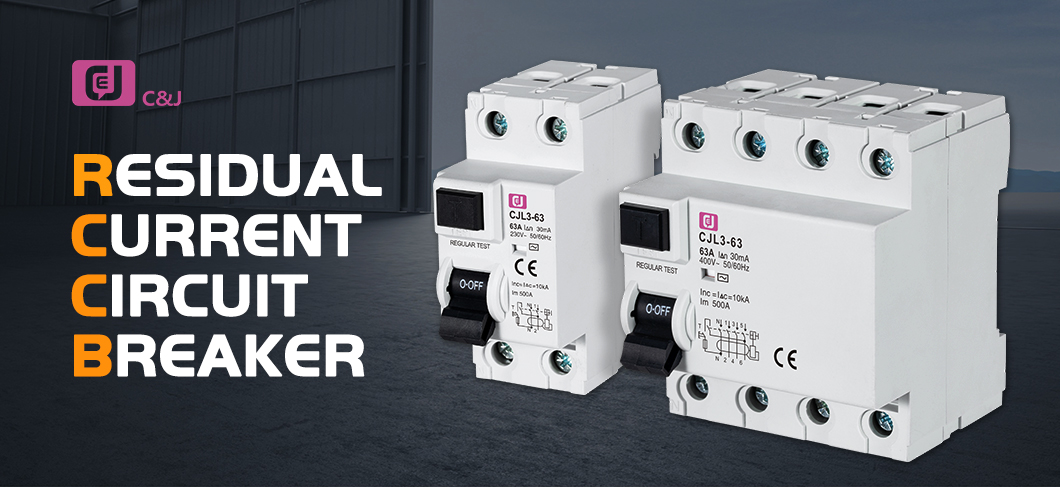RCD, RCCB and RCBO: Know the Differences
RCDs, RCCBs and RCBOs are all important electrical equipment used to prevent the risk of electric shock and fire. While they sound similar, each device serves a different purpose and has its own unique features. Understanding the differences between RCD, RCCB and RCBO is critical to ensuring electrical safety in residential and commercial environments.
RCD, short for Residual Current Device, is a safety device designed to quickly disconnect power when leakage current is detected in a circuit. Electrical leakage can occur due to incorrect wiring, equipment failure, or direct contact with live parts. RCDs are essential for preventing electric shock and are commonly used in homes, offices and industrial settings.
An RCCB (i.e. Residual Current Circuit Breaker) is a type of RCD specifically designed to protect against earth faults. RCCB monitors the current imbalance between the live and neutral conductors and trips the circuit when a ground leakage is detected. This makes RCCBs particularly effective in preventing electric shock caused by electrical system faults.
RCBO (residual current circuit breaker with overcurrent protection) combines the functions of RCCB and miniature circuit breaker (MCB) in one device. In addition to providing ground fault protection, an RCBO also provides overcurrent protection, which means it can trip a circuit in the event of an overload or short circuit. This makes RCBOs versatile and suitable for a variety of applications, including protecting individual circuits in distribution boards.
One of the main differences between these devices is their application and the level of protection they provide. RCDs are typically used to provide general protection for an entire circuit, while RCCBs and RCBOs are typically used to protect specific circuits or individual devices. Additionally, RCBOs have the added benefit of overcurrent protection, making them a comprehensive solution for a range of electrical faults.
When it comes to installation, RCD, RCCB and RCBO are designed to be installed by a qualified electrician. Proper installation is critical to ensuring these devices operate effectively and provide the necessary protection. Regular testing and maintenance are also important to ensure that RCDs, RCCBs and RCBOs continue to operate as expected.
To sum up, RCD, RCCB and RCBO are important components of electrical safety systems, and each component has a specific purpose of preventing electric shock and fire hazards. Understanding the differences between these devices is important to choosing the right protection for different applications. Whether using an RCD for general protection, an RCCB for ground fault protection, or an RCBO to combine ground fault protection with overcurrent protection, these devices play a key role in ensuring electrical safety in residential and commercial environments.
Post time: Jul-31-2024


